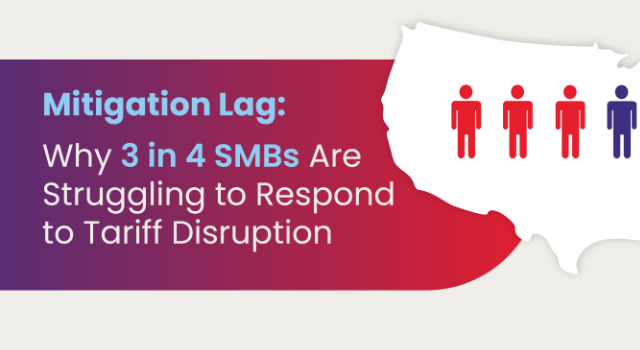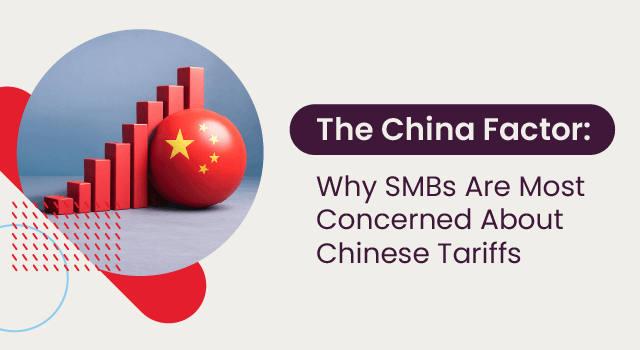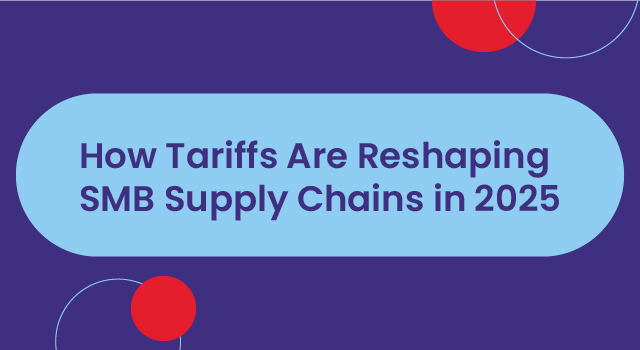How do different divisions collaborate to optimize inventory and align with business goals? An integral part of inventory management is maintaining a balanced investment in your inventory
Having excess inventory means you have too much capital tied up in stock. The reverse of that also adds risk to your business. If you have too little inventory you can experience stock-outs which will affect your sales and bottom line, as well as the impact on customer service levels.
The role of the Chief Financial Officer (CFO) in the supply chain is to reduce inventory investment and increase profits. CFOs primarily perform two strategic functions:
- Internally: by assessing, quantifying, and managing inventory risk across the supply chain.
- Externally: by ensuring that the financials of the business are in good order should they require external funding. Financial lenders are more inclined to support a business that has well-managed systems in place.
CFOs often think using spreadsheets is the solution for inventory management
A CFO’s life without spreadsheets is unimaginable, especially during the initial growth phase of a business. CFOs use spreadsheets for everything, from balance sheet reconciliations to management accounts and managing inventory. When it comes to inventory management, the objective is to have the right quantity of the right items at the right price in the right place. This sounds straightforward, but it gets more complex, especially as you scale your business and add more SKUs [stock-keeping units]. If you don’t have the right tools to manage your inventory effectively, you’ll spend valuable time on macros and formulas when you can be focusing your energy on growing your business. Using spreadsheets as the ‘go-to’ tool for demand planning is risky as it can’t cater for all the variables. The first time you build your spreadsheet or your forecasting model, it may work well, but when there are a few tweaks and a few changes, this will inevitably compromise the integrity of your spreadsheet.
The CFO must analyze the balance sheet to understand what the data is showing
A balance sheet should tell a story.
To understand that story, you’ve got to get into the details. Just like an accounts receivable number on its own can be misleading, so can the net investment in inventory paint a very wrong picture. You could have understocked items, overstocked items, damaged items, and potentially even expired stock. It may seem okay, yet when you dig into the details you may find that there is nothing further from the truth as you could have the wrong inventory items. The CFO needs to be prepared to roll up their sleeves, analyze the data, and even ask difficult questions to ensure the decision-making process is not based on flawed information that can potentially be catastrophic to the business.
5 Key challenges CFOs face when manually managing inventory:
#1: Managing new item forecasting
One of the key challenges and variables that you must build into your spreadsheet forecasting model is a specific product’s lifecycle. If you’re doing a sales forecast for a well-established brand, that’s not difficult because you have determined the demand and supply variables and prices. However, when you launch a new product, it becomes difficult to predict demand. The sales team will tell you that a product will sell quickly, yet the CFO will be more cautious not to compromise the working capital. If you order too little, you run out of stock, and then future demand is compromised. Trying to build this in a spreadsheet is virtually impossible.
#2: Managing intermittent demand
Another issue is intermittent demand. Let’s say you have a product that consistently sells 1000 units per month. Let’s review this example: You have sufficient stock with a reasonable safety buffer, and then an opportunity presents itself to conclude a one-off sale on a government tender. The government requires 10,000 units which is a very lucrative opportunity that you can’t ignore. Suddenly all spreadsheet forecast models are unusable because the 10,000 units will sit in your history, and a few months down the line, this will cause havoc with your forecast.
#3: Managing minimum order quantities [MOQ]
Many manufacturers, especially international manufacturers, have their sights set on the larger USA, European and Asian markets. The South African demand hardly causes a blip on their radar screen, and minimum order quantities are so high that it wouldn’t make sense to sell a particular product line locally on its own. This is not an insurmountable problem in a forecast model. However, in an environment where you have numerous suppliers with numerous products, each with their MOQs, using a spreadsheet becomes problematic, and it’s invariably going to get you into trouble. In industries such as pharmaceuticals, another aspect to consider with MOQs are expiry date challenges with imported and locally sourced products arriving in the warehouse with varying shelf lives. Here is another example: Corporate and hospital pharmacies require a minimum shelf life on all the products they buy for their business. To make particular product lines viable, you need to know that you can sell that MOQ quickly enough to satisfy the expiry date requirements. To button this down, you need to build varying shelf lives or at least shelf lives per batch into your forecasting model. This is yet another variable you must cater to, which is not easily achieved in a spreadsheet.
#4: Managing long lead times
If you are working in an environment where you have multiple suppliers or manufacturers, you’ve got to know the lead time of every supplier, and it might even vary per product per supplier. Should there be a problem with an active ingredient/raw materials, for example, on even one of these products, that’s another variable you have to make provision for in your spreadsheet. A current trend seen worldwide is that many industries are struggling with excessively long lead times. It’s not clear when lead times will reduce to more reasonable levels. This current trading environment calls for a more sophisticated, scalable, and dedicated planning tool.
#5: Managing the model stock
If you’re overstocked, there’s pressure on your working capital, and your potential business expansion programs are compromised because all your money is tied up in your stock. Suppose we examine the businesses that sell generic medication. In that case, if you are understocked, this could instantly destroy a product as the key selling point for a generic product is having consistent supply and selling the product at a competitive price. There are usually many generic products available on the market, and if you can’t supply patients, they will quickly switch to another generic product. A business’s model stock policy is not static and should be reviewed regularly. Having a multidimensional demand planning software goes a long way to manage your inventory effectively.




